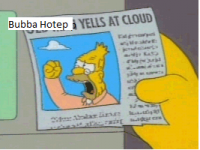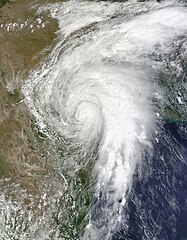orangeblood wrote:wxman57 wrote:Just because a particular model fits what you would like to see happen doesn't make it the correct solution. Look for trends and a consensus.
This is extremely cold/dense Arctic Air, models can't handle the 500mb flow over the top of it. They shove it east way too quickly...we've seen this song and dance over and over and over again.
I don't believe this is "wanting a certain solution" like you make it out to be, we're using historical context...models should start trending back west and southwest with the digging trough. How far, don't know yet. But they shove east too quickly is a broken record, It happens almost every winter
I'm quite aware of how Arctic air behaves vs. "normal" Canadian air. I saved a series of model forecasts from the 1993 Thanksgiving Arctic front, where the GFS tried to drive the cold air north to Oklahoma with SW upper winds. The very shallow Arctic front ended up way out in the Gulf with those SW winds aloft. However, this predicted airmass doesn't appear to be a typical shallow Arctic airmass. I've observed model soundings in Arctic air where the sub-freezing air was only a couple thousand feet deep, with much warmer air aloft. Such shallow Arctic airmasses don't "care" about upper-level winds. The air flows straight south regardless of the upper winds. However, take a look at soundings in this predicted airmass. No shallow layer of Arctic air. It's cold all the way up. Deep cold air does care about upper-level winds.
That said, the 12Z GFS & Canadian are farther west with the cold air. GFS has Houston down to 26 on Friday, then a light freeze next Saturday, followed by a warm up. Canadian is a lot colder, down to 16F in Houston Friday and 12F on Sunday. It was the cold extreme with last February's cold front. Still no cold air in northern Canada. Let's see what develops this weekend.
 The posts in this forum are NOT official forecast and should not be used as such. They are just the opinion of the poster and may or may not be backed by sound meteorological data. They are NOT endorsed by any professional institution or
The posts in this forum are NOT official forecast and should not be used as such. They are just the opinion of the poster and may or may not be backed by sound meteorological data. They are NOT endorsed by any professional institution or 






 . MEAN TEMPS which are 30-35 below normal
. MEAN TEMPS which are 30-35 below normal










